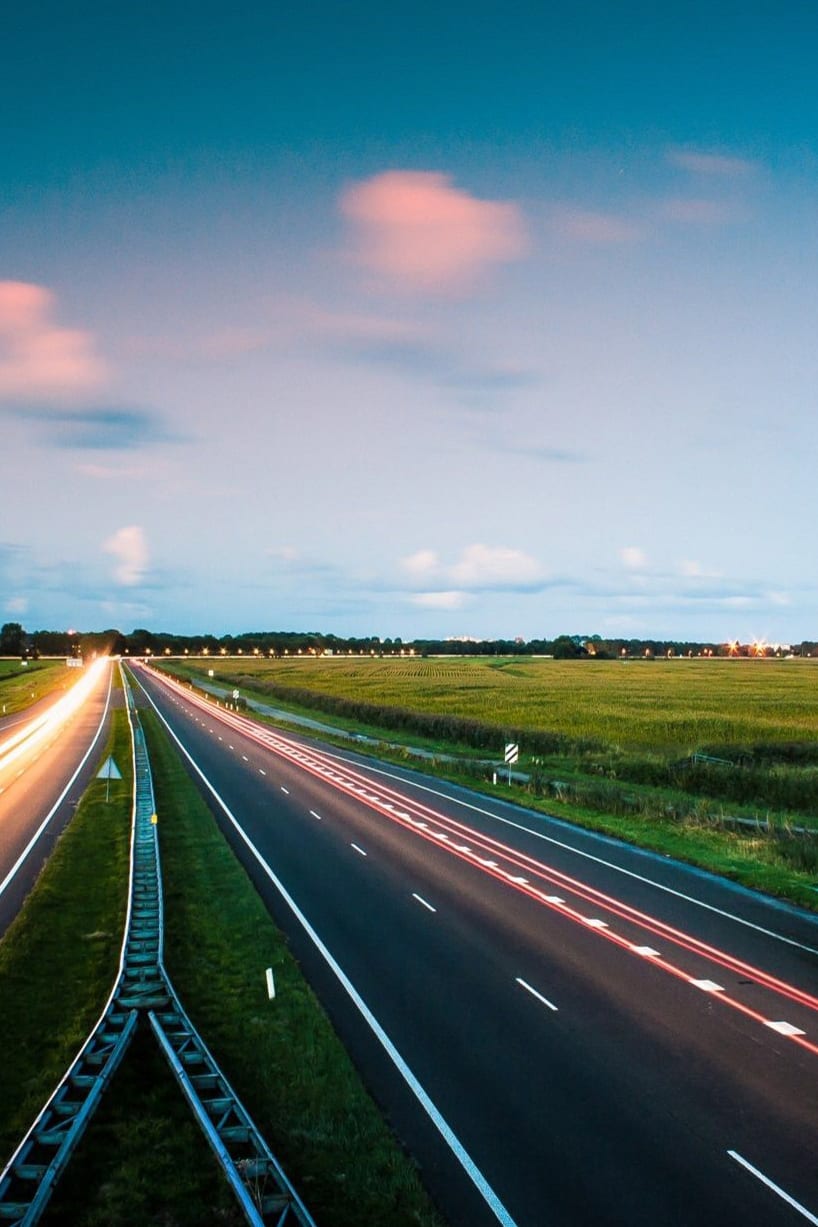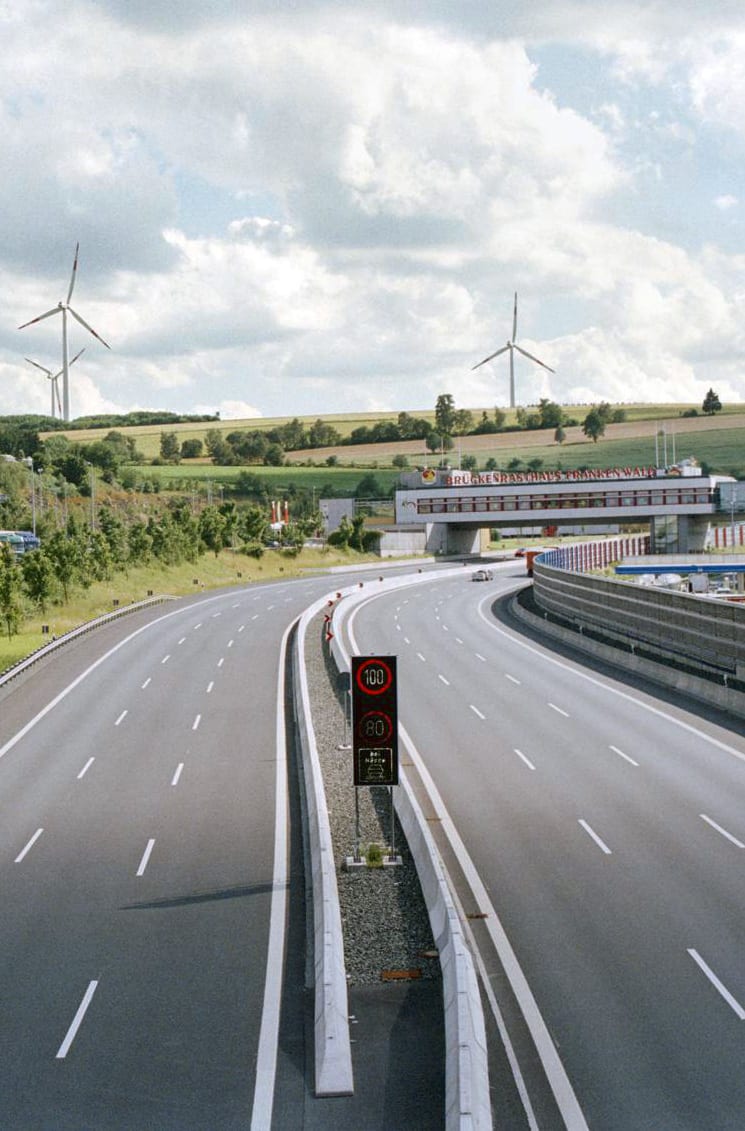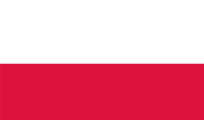Features of traffic on highways

Highways are another attraction in Europe that motorists so enthusiastically recall. And there is a reason to love these roads: they are almost perfect, always well-groomed in a timely manner, and any, even the longest trip, turns into an easy walk here. But for this you need to know certain rules, the subtleties of traffic on the highway. This is especially true for beginners who are first discovering such tracks.
Highway Toll
This is the first thing to worry about when entering any European country. All national highways in Europe are paid. Only payment methods differ. In some countries, this is done immediately at the border - in the form of a toll or the purchase of a special sticker/vignette. In other countries, such as Italy, France, Poland, Portugal, the fee is paid for the distance covered. It’s easier here, you won’t be mistaken: you can get to the highway only through barriers and checkpoints.
Movement principle
There may be two or more lanes on a motorway. You will always need to stay on the far right side. You can go to the left lane only to overtake, but immediately return when the right lane is free. If you are going to overtake - do it, do not hang for a long time on someone's tail, here it is not comme il faut. No need to nervously blink distant headlights, requiring you to miss. They don’t do it here. Just slightly reduce the distance, turn on the left turn indicator, and you will be understood.

Stopping on the highway is strictly prohibited, except in emergency situations associated with breakdowns. Let's say immediately this: it will be very difficult to wedge into traffic later, given the high flow rate and the absence of a band for acceleration. If stopping is required then it is better to use specially designated “pockets” marked with signs with the letter “P” (parking) or a painted tree and a table (picnic area) or other similar variations.
Speed limits
The permitted limit in many countries is 130 km/h. There are restrictions up to 120 km/h (Portugal, Switzerland) and 140 km/h (Bulgaria and Poland). Limits can vary depending on the weather, as well as in areas where road construction repairs are being carried out (mainly not less than 80-90 km/h). You will be notified of upcoming road conditions and speed limits by the signs located along the roadway and by the upper transverse scoreboard. Pleading "Did not notice" here does not work. As the saying goes, "forewarned is forearmed."
Another thing is German autobahns. The speed here is really unlimited. But there you will not be able to “fly up” - along the roadside of the autobahn you can often find signs with fairly “mundane” restrictions. Basically, this also applies to bad weather, busy roads, repair sites. It should be kept in mind that there is still a recommended speed of 130 km/h.
Also in Europe there is a minimum "ceiling", below which the speed can not be released. As a rule, it is 60-70 km/h. Here you are not running tortoises, but any delay in an emergency is similar. Therefore, the fines for this are also considerable.
Now, when you want to rent luxury cars in Europe, you will know how to drive properly and not get a ticket.









